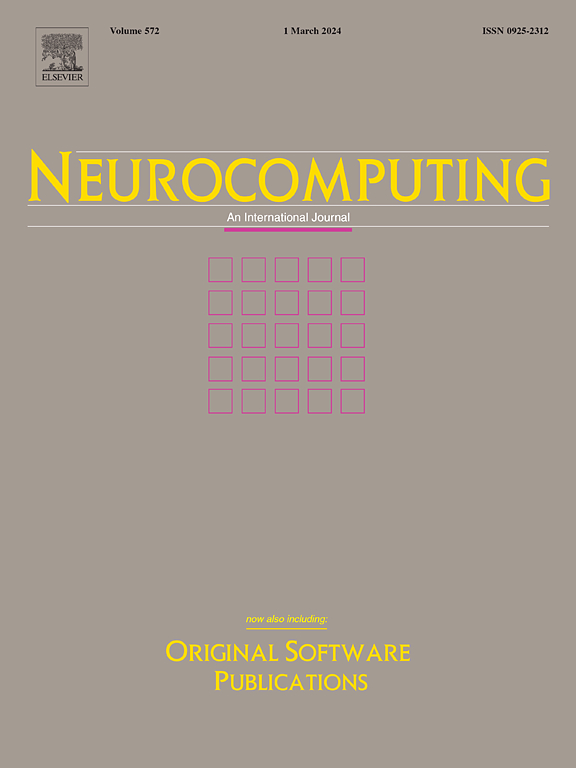Beneficial and flowing: Omni efficient feature aggregation network for image super-resolution
IF 5.5
2区 计算机科学
Q1 COMPUTER SCIENCE, ARTIFICIAL INTELLIGENCE
引用次数: 0
Abstract
Image super-resolution (SR) is a classic low-level vision task that reconstructs high-resolution (HR) images from low-resolution (LR) ones. Recent Transformer-based SR methods have achieved remarkable performance through modeling long-range dependencies. However, there are two critical challenges in existing approaches: (1) Invalid feature interaction and homogeneous aggregation scheme; (2) Network feature propagation blocking. These challenges imply that the potential of Self-Attention (SA) and Transformer architecture is still not fully exploited. To this end, we propose a novel Transformer model, Omni Efficient Aggregation Transformer (OEAT), boosting SR performance by mining and aggregating efficient information across the omni-dimensions and omni-stages. Specifically, we first design an Omni Efficient Aggregation Self-Attention (OEASA) with a local–global-channel feature interaction scheme, to aggregate heterogeneous features from multi-scales and multi-dimensions while facilitating information flow. Specifically, we design a global semantic SA based on content self-similarity in the spatial dimension and an adaptive sparse channel SA in the channel dimension, efficiently gathering the most useful feature for accurate reconstruction. Furthermore, we design a simple yet effective Omni Feature Fusion (OFF) to enhance global groups feature fusion and inter-layer adaptive feature aggregation, thus introducing more critical information for an accurate reconstruction. Extensive experiments demonstrate that our OEAT outperforms recent state-of-the-art methods both quantitatively and qualitatively.
有益流动:面向图像超分辨率的全高效特征聚合网络
图像超分辨率(SR)是一种经典的低分辨率视觉任务,它将低分辨率图像重建为高分辨率图像。最近基于变压器的SR方法通过建模远程依赖关系取得了显著的性能。然而,现有方法存在两个关键问题:(1)特征交互和同质聚合方案无效;(2)网络特征传播阻塞。这些挑战意味着自关注(Self-Attention, SA)和Transformer架构的潜力仍然没有得到充分利用。为此,我们提出了一种新的变压器模型,即Omni Efficient Aggregation Transformer (OEAT),通过挖掘和聚合全维度和全阶段的高效信息来提高SR性能。具体而言,我们首先设计了一种具有局部-全局通道特征交互方案的全方位高效聚合自关注(OEASA),在促进信息流动的同时,聚合多尺度、多维的异构特征。具体而言,我们在空间维度上设计了基于内容自相似度的全局语义SA,在通道维度上设计了自适应稀疏通道SA,有效地收集了最有用的特征进行精确重构。此外,我们设计了一种简单而有效的全特征融合(Omni Feature Fusion, OFF),增强了全局组特征融合和层间自适应特征聚合,从而引入了更多的关键信息,为精确重建提供了基础。大量的实验表明,我们的OEAT在定量和定性上都优于最近最先进的方法。
本文章由计算机程序翻译,如有差异,请以英文原文为准。
求助全文
约1分钟内获得全文
求助全文
来源期刊

Neurocomputing
工程技术-计算机:人工智能
CiteScore
13.10
自引率
10.00%
发文量
1382
审稿时长
70 days
期刊介绍:
Neurocomputing publishes articles describing recent fundamental contributions in the field of neurocomputing. Neurocomputing theory, practice and applications are the essential topics being covered.
 求助内容:
求助内容: 应助结果提醒方式:
应助结果提醒方式:


